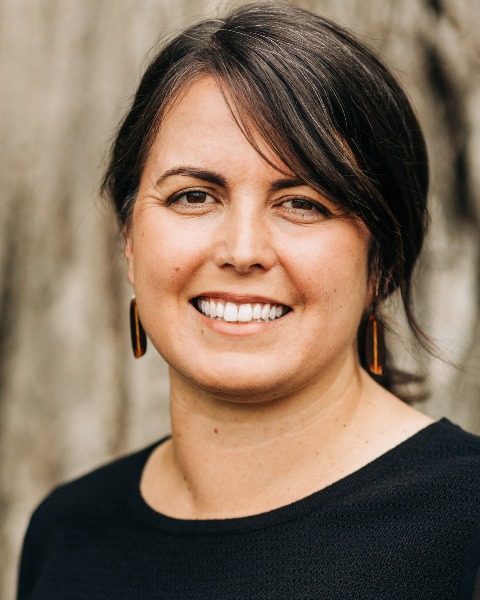Immunizations/Delivery
Immunizations/Delivery 2
437 - Trends in vaccination timeliness among U.S. children ages 0-19 months, National Immunization Survey-Child, 2011-2020
Sunday, April 30, 2023
3:30 PM - 6:00 PM ET
Poster Number: 437
Publication Number: 437.323
Publication Number: 437.323
Sophia R.. Newcomer, University of Montana School of Public and Community Health Sciences, Missoula, MT, United States; Sarah Y. Michels, University of Montana Center for Population Health Research, Missoula, MT, United States; Rain Freeman, University of South Florida, Tampa, FL, United States; Alexandria Albers, University of Montana, Missoula, MT, United States; Jon Graham, University of Montana, Missoula, MT, United States; Jason Glanz, Kaiser Permanente Colorado, Aurora, CO, United States; Matthew F.. Daley, Institute for Health Research, Kaiser Permanente Colorado, Aurora, CO, United States

Sophia R. Newcomer, PhD, MPH (she/her/hers)
Associate Professor
University of Montana School of Public and Community Health Sciences
Missoula, Montana, United States
Presenting Author(s)
Background: Delays in receiving vaccinations increase the risk of vaccine-preventable diseases.
Objective: Our objectives were to measure trends in and factors associated with vaccination timeliness among U.S. children ages 0-19 months, including whether trends differed by socioeconomic indicators.
Design/Methods: We analyzed data from the cross-sectional, nationally-representative 2011-2020 National Immunization Survey-Child (NIS-Child). NIS-Child is an annual survey of parents of children 19-35 months, with immunization histories collected from providers. The 2020 survey largely reflected vaccinations given prior to the COVID-19 pandemic. For each survey year, we calculated days undervaccinated for the combined 7-vaccine series, a metric used to track completion across diphtheria-tetanus-acellular pertussis, poliovirus, measles-mumps-rubella, hepatitis b, Haemophilus influenzae type b, varicella, and pneumococcal vaccinations. Using multivariable log-linked binomial regression models that accounted for the complex survey design, we measured temporal trends in on-time receipt of the combined 7-vaccine series, including modeling interactions with poverty and insurance status.
Results: Analyses included 161,187 children with provider-verified vaccination records. From 2011 to 2020, the percentage of U.S. children who received all vaccines in the combined 7-vaccine series on-time increased from 22.5% to 34.9% (p< 0.001). Average days undervaccinated across the combined 7-vaccine series decreased from 68.4 (SD=1.52) to 58.7 (SD=1.55). There was a significant interaction between year and poverty (p< 0.001). Children living above poverty, with ≥$75,000/year family income had an average 5.3% annual increase in on-time vaccination (adjusted prevalence ratio [aPR]=1.05, 95% CI:1.05-1.06), while lower-income children had only a 2.2% increase (above poverty, ≤$75,000/year and below poverty: aPR=1.02, 95% CI: 1.01-1.03). A separate model also showed an interaction with insurance (p< 0.001). Children with private health insurance had a 4.9% increase in on-time vaccination (aPR=1.05, 95% CI: 1.04-1.06), while children with Medicaid coverage had only a 1.5% increase (aPR=1.02, 95% CI: 1.01-1.03). No significant trend in vaccination timeliness was observed among children without health insurance.
Conclusion(s): There were improvements in vaccination timeliness in the decade prior to the COVID-19 pandemic. However, disparities by socioeconomic indicators signal that increased efforts to improve immunization services delivery for low-income, publicly-insured and uninsured children are needed.
